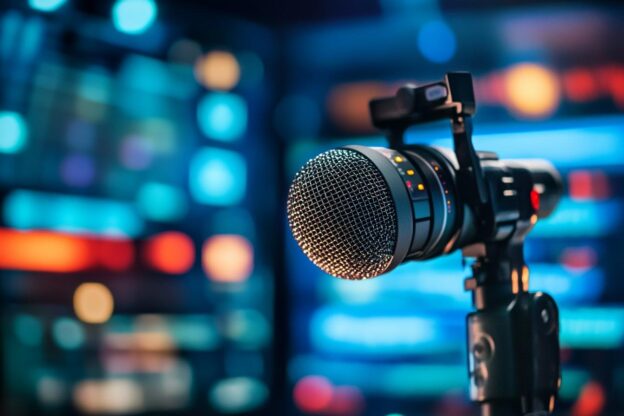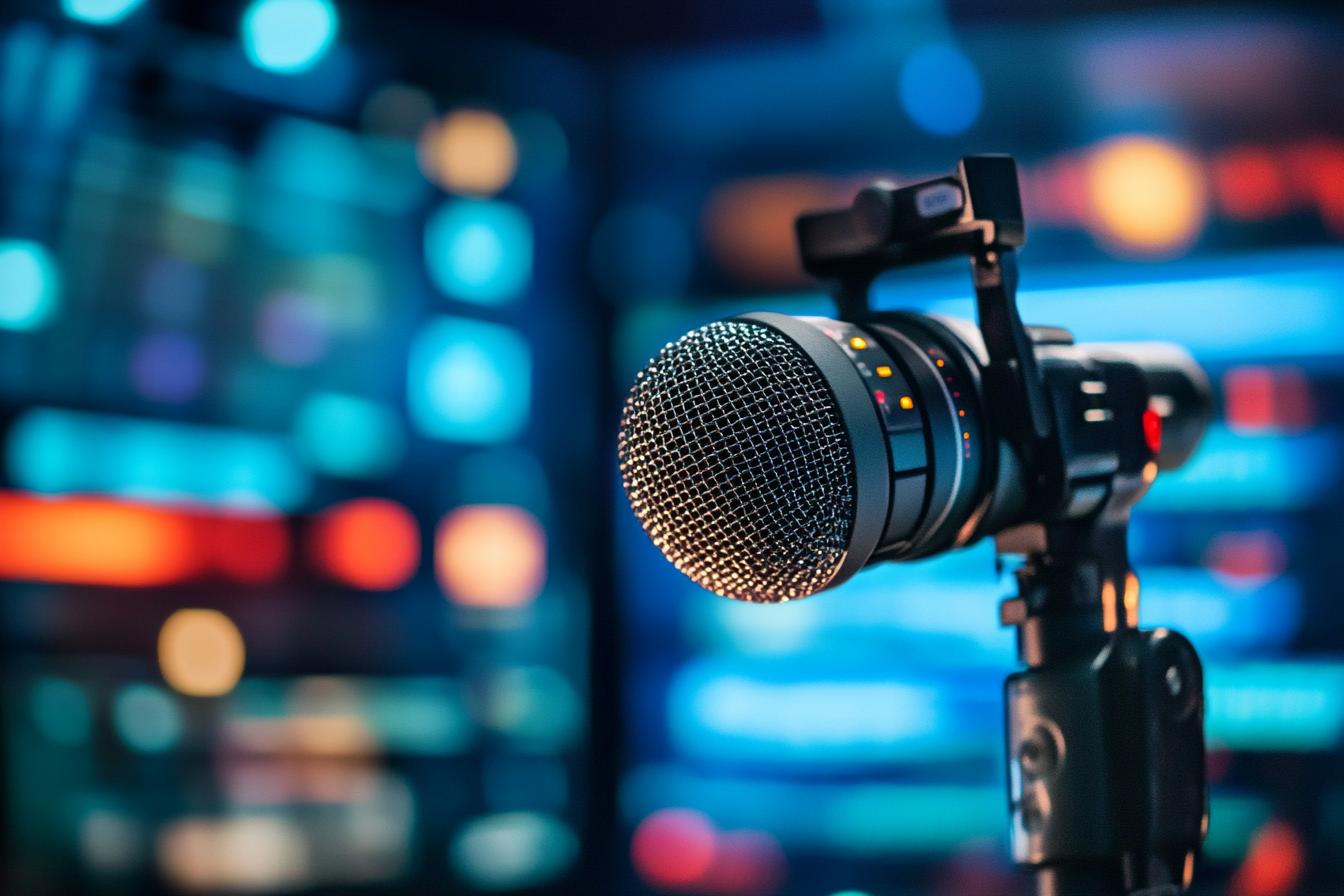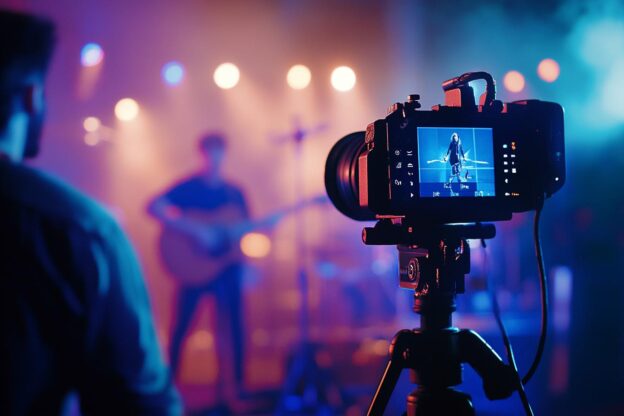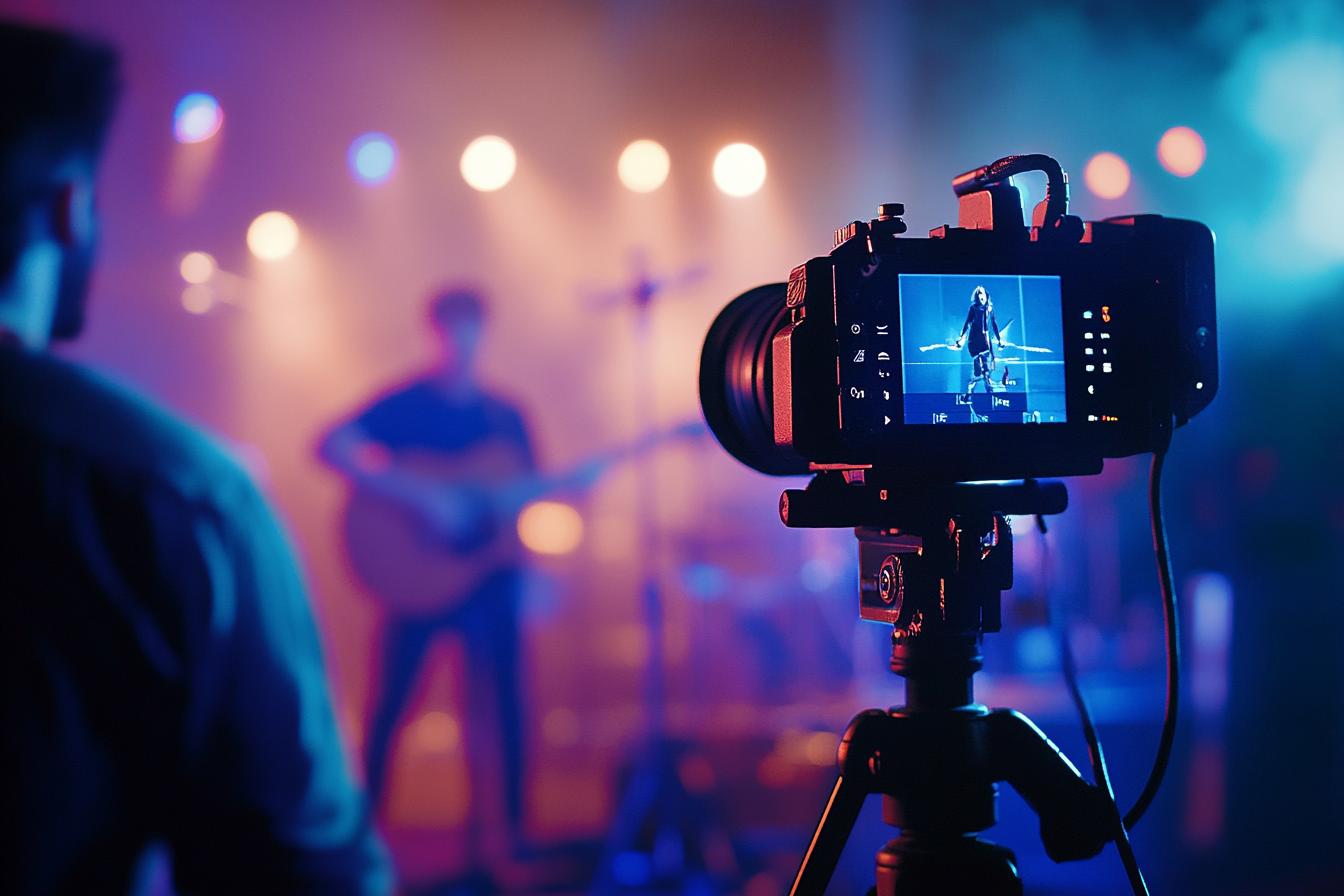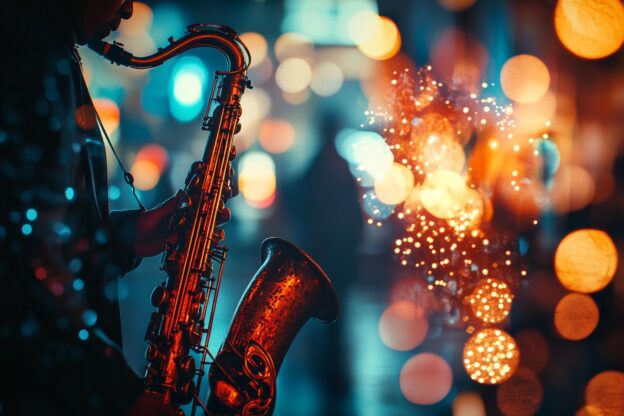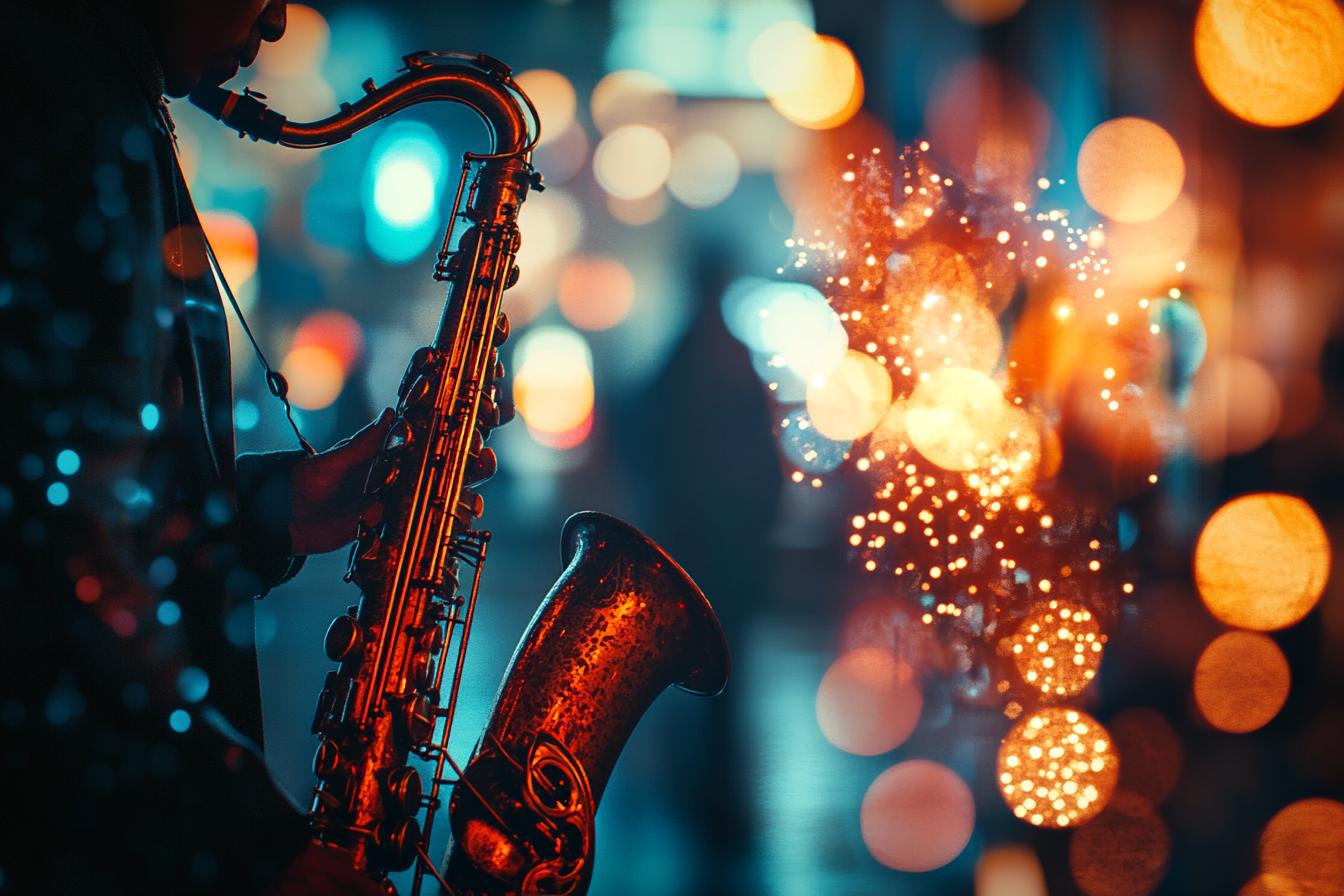The world of jazz radio is undergoing a fascinating evolution, with online platforms playing a vital role in expanding its reach and accessibility. While traditional radio stations continue to be cornerstones of the jazz community, the rise of streaming services like Spotify and Apple Music has opened up a universe of possibilities for both established and emerging artists. Listeners now have access to an unparalleled selection of jazz albums, live performances, and curated playlists, allowing them to explore the genre’s diverse subgenres and discover hidden gems. This shift has also led to a surge in independent radio stations and podcasts dedicated to jazz, providing a platform for passionate DJs to share their knowledge and connect with a global audience.
One interesting development in the jazz radio landscape is the growing popularity of “deep dives” and thematic programming. These shows often focus on a specific era, instrument, or location, offering listeners a rich and immersive experience. Imagine tuning in to a program exploring the history of bebop in the 1940s, or a show dedicated to the innovative sounds of contemporary Japanese jazz. This trend allows listeners to gain a deeper understanding of the genre’s complexities and nuances, fostering a more engaged and informed audience. As jazz continues to evolve and adapt to the changing media landscape, radio remains a crucial conduit for its vibrant energy and enduring legacy.
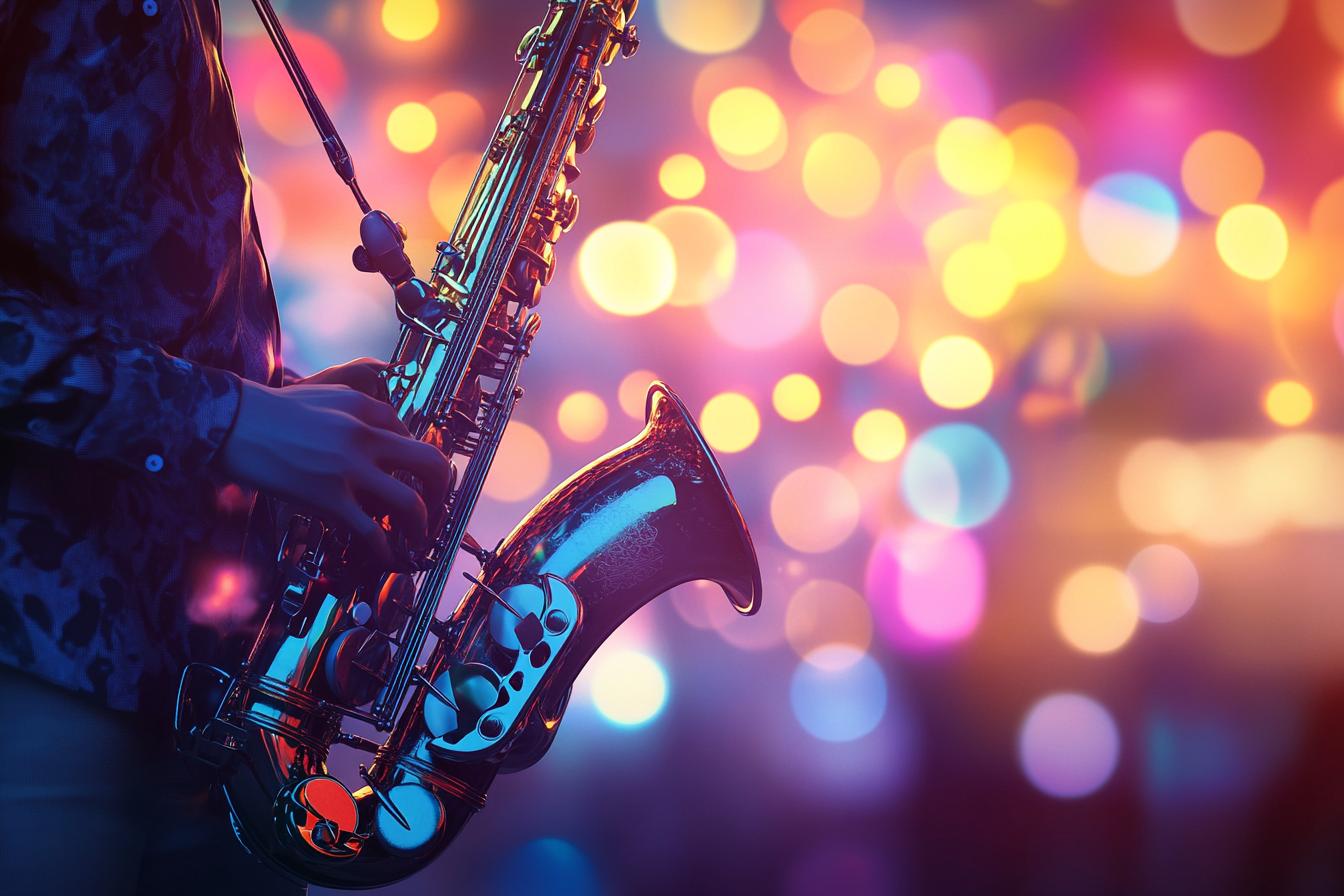
Jazz Music Scene News
1. Jazz Music Scene News
The jazz world is buzzing with excitement as the renowned saxophonist, Alice Smith, prepares to release her highly anticipated new album, “Echoes of the City.” The album, which is set to drop next month, promises to be a powerful exploration of urban life through Smith’s signature blend of soulful melodies and improvisational brilliance. Critics and fans alike are eagerly awaiting the release, anticipating a fresh and captivating sonic experience from the legendary musician.
Meanwhile, the vibrant jazz scene in New Orleans continues to thrive, with a plethora of exciting events taking place throughout the month. The city’s iconic Preservation Hall is hosting a series of intimate performances by rising stars in the jazz world, while the French Quarter Festival will feature a diverse lineup of musicians showcasing the rich history and evolution of New Orleans jazz. From traditional Dixieland to contemporary fusion, the festival promises to be a celebration of the city’s unique musical heritage.
2. New Album Releases
The jazz world is buzzing with exciting new releases this month! Pianist Brad Mehldau returns with a captivating solo album, showcasing his intricate improvisations and masterful touch. Saxophonist Melissa Aldana continues to push boundaries with her latest release, exploring Latin rhythms and jazz fusion with a vibrant energy. And for those seeking a more introspective journey, bassist Esperanza Spalding offers a deeply personal and soulful exploration of love, loss, and resilience.
These are just a few highlights of the diverse range of albums hitting the shelves. From traditional to experimental, from solo projects to collaborative works, there’s something for every jazz enthusiast to discover. So, put on your headphones, settle in, and immerse yourself in the rich sounds of these new releases.
3. Upcoming Jazz Festivals
Get ready to groove because the summer is packed with exciting jazz festivals! From coast to coast, renowned musicians will gather to share their passion for this vibrant genre. The Newport Jazz Festival, a legendary event, returns in late June with an impressive lineup of jazz giants and rising stars. Across the country, the San Francisco Jazz Festival, held in July, will showcase a diverse array of artists, highlighting the evolution of jazz and its global influence. These festivals offer an incredible opportunity to immerse yourself in the soulful sounds of jazz, enjoy captivating performances, and connect with fellow enthusiasts.
If you’re looking for a more intimate setting, smaller festivals offer unique experiences. The Savannah Jazz Festival, held in October, provides a charming atmosphere with its blend of traditional and contemporary jazz. The Detroit Jazz Festival, a free event in September, features multiple stages and a vibrant atmosphere. No matter your preference, there’s a jazz festival waiting to ignite your passion for this timeless music. So, grab your dancing shoes, pack your picnic basket, and prepare to be captivated by the magic of live jazz.
4. Jazz Musician Interviews
Dive into the minds of some of the most talented jazz musicians in the scene with our in-depth interviews. We sit down with these creative forces to learn about their musical journeys, inspirations, and upcoming projects. From seasoned veterans to rising stars, these interviews offer a unique glimpse into the world of jazz, exploring their musical philosophies, technical prowess, and the stories behind their iconic performances.
Whether you’re a seasoned jazz aficionado or just starting to explore the genre, these interviews provide insightful perspectives and captivating stories that will deepen your appreciation for the art form. We delve into the challenges and rewards of a career in jazz, the evolving landscape of the music scene, and the impact of jazz on society. Join us as we connect with the heart and soul of jazz through the voices of its most passionate practitioners.
5. Jazz Music Reviews
Jazz music reviews offer a critical perspective on the latest releases and performances. Writers delve into the music, analyzing the musicians’ technique, the composition’s structure, and the overall impact of the work. They consider the context of the music, such as the artists’ influences and the current state of the jazz scene. Reviews can be insightful, providing a deeper understanding of the music and its significance.
Reviews also serve as a guide for listeners. They highlight standout albums and performances, helping listeners discover new artists and styles. Whether you’re a seasoned jazz aficionado or a curious newcomer, reviews provide a valuable resource for navigating the vast landscape of jazz music. Reviews can also spark discussions and debates among listeners, fostering a deeper appreciation for the art form.
Conclusions
So there you have it, folks! We’ve covered the hottest happenings in the jazz world, from the latest album releases to upcoming festivals and insightful interviews with your favorite musicians. Whether you’re a seasoned jazz aficionado or just starting to explore the genre, we’ve got you covered. Keep your ears tuned to our station for more news, reviews, and exclusive content that will keep you on the cutting edge of the jazz scene.
Remember, jazz is all about improvisation and exploration, so don’t be afraid to dive in and discover something new. And don’t forget to share your favorite jazz experiences with us! We’re always looking for new recommendations and insights from our listeners. Until next time, keep the music playing!







